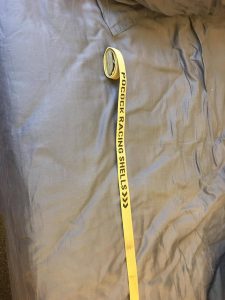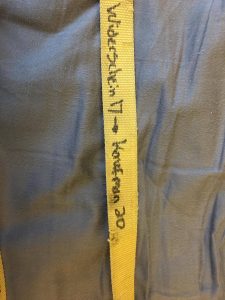Title: X.ado acapella conference
General Information about Item:
- Folklore: rituals, traditions
- Language: English
- Country where Item is from: United States of America
Informant Data:
- Trevor Davis is an ’18 that joined X.ado his freshman year and sang in his high school choir for three years. He is 21 years old. He was born in Wheaton, Illinois. He grew up and still lives in Raleigh, North Carolina. He is majoring in computer science, and minoring in math and anthropology.
Contextual Data:
- Social Context
This conference provides a way for X.ado to socialize and connect with more people, and serves as an event for the people within X.ado to connect and socialize amongst themselves. It is probably a fun activity for them to do together that strengthens the group dynamic.
The people in
- Cultural Context
People that engage in similar activities or are like minded, or have some major factors that connect them like to connect with each other, network with each other, and socialize with each other. X.ado is no exception to this, there are many Christian acapella groups all over the United States that want to find people engaging in the same activity that share their same beliefs and lifestyles, and they all meet together.
Item:
- Members of X.ado attend the “Break it Down in Boston” conference, which is a conference for Christian acapella groups to meet up.
Associated file (a video, audio, or image file):
Transcript of Associated File:
A couple of things that got introduced in the group that changed since we got founded one is that we do more activities as a group. We have prayer partners where you match with someone individual in the group, that helps us bond more and know people on an individual basis since rehearsal’s everyone all together, and also as we become more established and groups like ours spread, we have more interactions with those groups. For example, there’s this conference we do every year called “Break it down Boston” which is a gathering of all the different Christian acapella groups so it’s a very different dynamic than you have with other musical conferences and that’s a cool way to see how our group along with other groups has evolved over time as we become more of a national thing.
Informant’s Comments:
- Check transcript
Collector’s Comments:
- It’s not at all uncommon for college students to attend meetups and conferences. There are conferences for many different interest groups, such as for demographic factors (race and gender), intellectual interests, and for sports as well. These conferences serve as a way for people to meet people to network with that share some factor with them.
Collector’s Name: Marcus Reid
Tags/Keywords:
- Acapella
- Singing
- Conference
- Tradition



